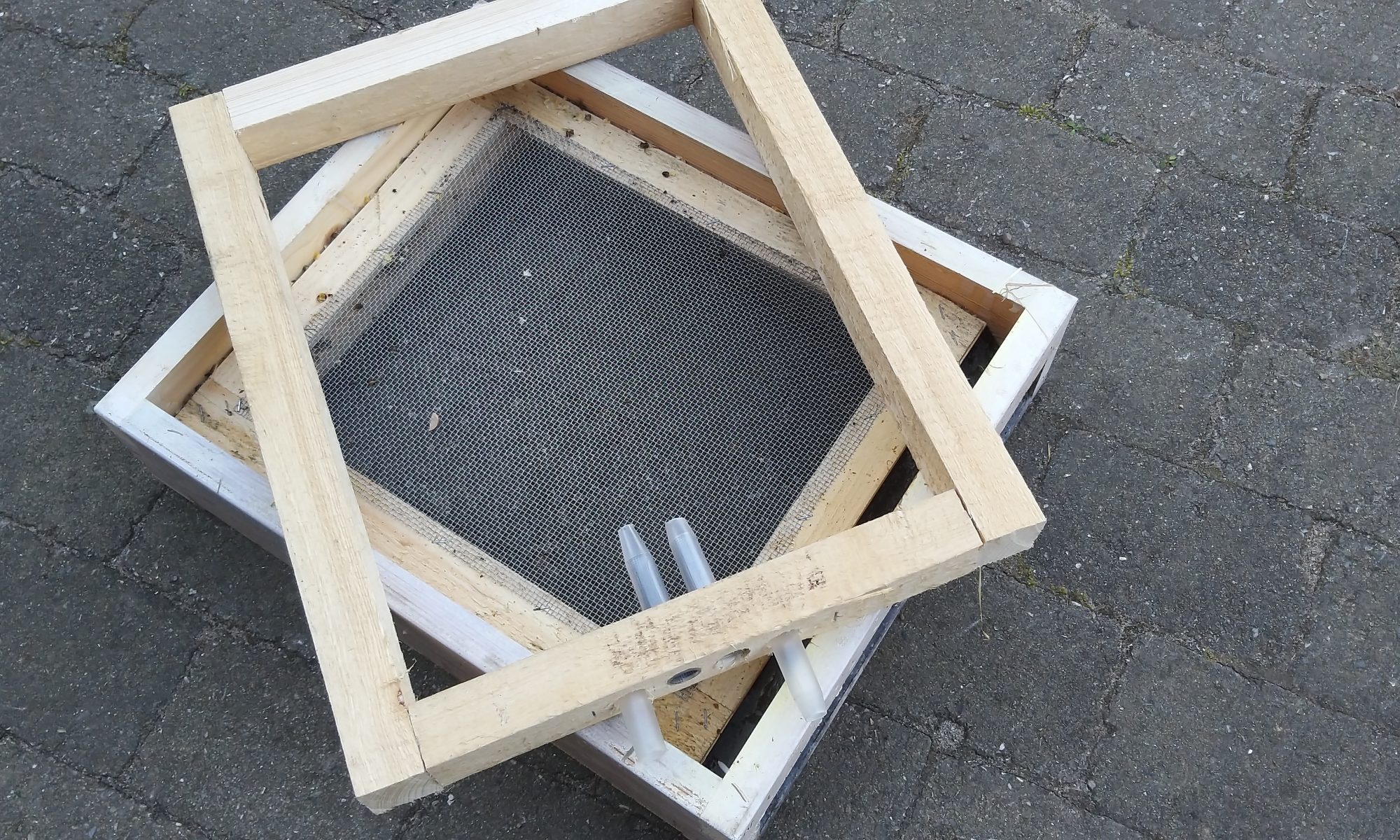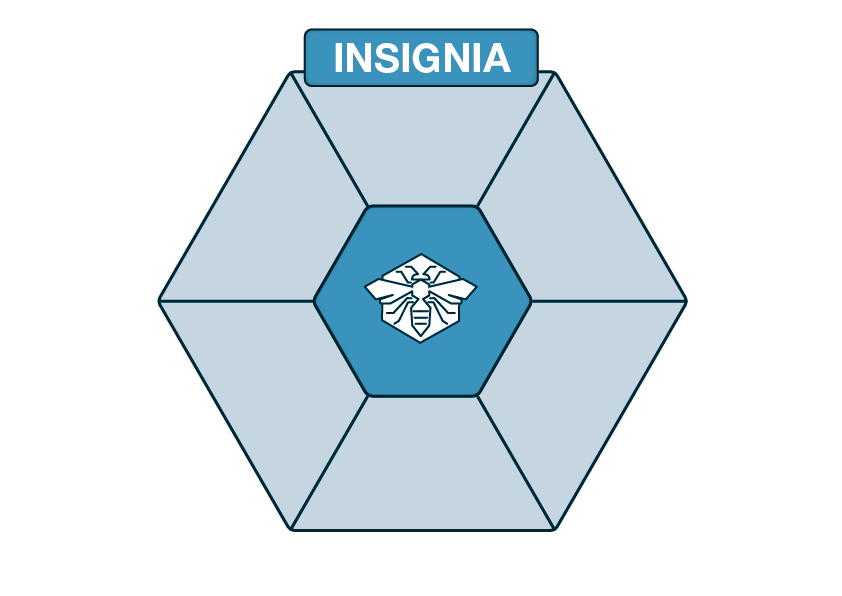Lot of innovation needed due to the diversity of bee-equipment all over Europe. Like for instance in Denmark, the bottom board has the pollen trap build into the board. Anyway, how to install the behold tubes in those bottom boards. Make an additional frame and close the traditional entrance. So easy? Leave the old entrance open for a day and then close and bees will very easy find the now beehold entrance.
INSIGNIA presenting itself. Bee Health Symposium in Rome
INSIGNIA presenting itself oral to the public and authorities in Rome: Title: “Using pollen to monitor pesticide environmental pollution with a citizen scientist approach: the INSIGNA project”, by Jozef van der Steen – Alveus AB Consultancy. Apimondia Honey Bee Health Symposium in Rome 13th-15th Feb 2019. New approaches to honey bee heath. Meet INSIGNIA on our YouTube channel.
Introducing INSIGNIA
Introducing INSIGNIA (environmental monitoring of pesticide use through honey bees)
By Norman Carreck and the INSIGNIA Consortium (https://www.insignia-bee.eu/)
In recent years, there has been much global concern about the plight of bees, which are exposed to many threats including habitat loss, pests and diseases, and environmental factors such as the use of agricultural pesticides and veterinary drugs. Concern about “Colony Collapse Disorder” and excessive losses of honey bee colonies has led scientists in many countries to carry out surveys of beekeepers to quantify those losses. This has established that losses of honey bee colonies, especially over winter, are often much higher than beekeepers consider to be acceptable. Establishing the cause of these losses is, however, much more difficult, and scientists agree that there is unlikely to be a single cause that applies in all years and in all areas, and that it is most likely that colony losses are a result of many interacting factors.
Presenting INSIGNIA in Denmark
Denmark is one of the rather small beekeeping countries. But with more the 60 % of the country covered with agriculture, there are relatively good conditions for beekeeping. Having an annual average of 34 kg of honey pr. colony since 1986. Denmark having close to 140.000 colonies and 6.000 beekeepers. Commercial beekeeping is rather small, around 1 % of the beekeepers. Breeding Buckfast bees is the main breeding type of bees. Rape flowers are the main flow. INSIGNIA will run test apiaries in Denmark in year 1 and 2. INSIGNA was presented in the Danish Beekeepers Magazine (Tidsskrift for Biavl 1/2019)
The acronym: INSIGNIA
We have been asked, how did the name INSIGNIA turn up. We had a lot of suggestion and ideas. A lot, but then finally Fani Hatjina turned up with this, you could call formula:
cItizeN Science InvestiGation for pesticIdes in Apicultural Products = INSIGNIA
“An now you ask how did this formula turn up?”
We asked Fani.

Fani telling: “You know that there is this google program called ACRONYM creator
http://acronymcreator.net/ace.py or this one https://acronymify.com/
I think I used the first one.
I added in a row the words of our project title (all of them or some of them) and then I played around.
The program generates lots of choices, and you can pick what you think it is more suitable or easy to call or nice in the sound!
I picked INSIGNIA because it creates a music in my ear!
And this is all really!”
INSIGNIA presented in Portugal
As the first country INSIGNIA is presented in the Portuguese beekeeping magazine Revista O Apicultor.
Portugal is one of the important beekeeping countries in Europe having around 600.000 colonies in 30.000 apiaries, run by 11.000 beekeepers. Professional beekeeping is relatively big, running around the half of all the colonies. Portugal was in 2015 the 9th biggest honey producer in EU producing 11.500 tons of honey.
The Insignia logo
The insignia logo was suggested and create by Fani Hatjina, Ellinikos Georgikos Organismos – Dimitra (Greece). Picturing the image by Mikkel Toke Grønkjær (www.mikkelgroenkjaer.dk). It is of course the six sided hexagon cell of a bee frame. As Charles Darwin once wrote: The honeycomb is a masterpiece of engineering. It is absolutely perfect in economizing labor and wax. Mikkel produced 2 color types of the logo, and we use both.








